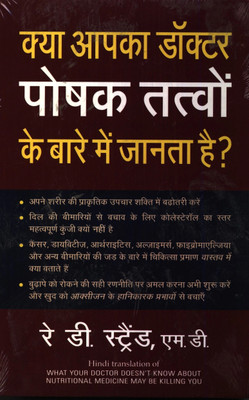
Debit cards: Debit card, Gift card, SparkBase, Interac, Barclaycard, Maestro, Inventory Information Approval System, FSA debit card, Laser (English, Paperback, Books Group, LLC Books, Source Wikipedia)
Price: Not Available
Currently Unavailable
Highlights
- Language: English
- Binding: Paperback
- Publisher: Books LLC, Wiki Series
- ISBN: 9781157655251, 1157655254
- Edition: 2011
- Pages: 108
Description
Please note that the content of this book primarily consists of articles available from Wikipedia or other free sources online. Pages: 32. Chapters: Debit card, Gift card, SparkBase, Interac, Barclaycard, Maestro, Inventory Information Approval System, FSA debit card, Laser, Euro Alliance of Payment Schemes, Visa Debit, Visa Electron, Debit card cashback, Dankort, Netbanx, Girocard, Carte Bleue, Debit MasterCard, Rebate card, Solo, Blackhawk Network, Switch, CarIFS, Embed International, Decoupled debit card, Qi Card, Card enclosure, Interlink. Excerpt: A debit card (also known as a bank card or check card) is a plastic card that provides the cardholder electronic access to his or her bank account/s at a financial institution. Some cards have a stored value with which a payment is made, while most relay a message to the cardholder's bank to withdraw funds from a designated account in favor of the payee's designated bank account. The card can be used as an alternative payment method to cash when making purchases. In some cases, the cards are designed exclusively for use on the Internet, and so there is no physical card. In many countries the use of debit cards has become so widespread that their volume of use has overtaken or entirely replaced the check and, in some instances, cash transactions. Like credit cards, debit cards are used widely for telephone and Internet purchases. However, unlike credit cards, the funds paid using a debit card are transferred immediately from the bearer's bank account, instead of having the bearer pay back the money at a later date. Debit cards usually also allow for instant withdrawal of cash, acting as the ATM card for withdrawing cash and as a check guarantee card. Merchants may also offer cashback facilities to customers, where a customer can withdraw cash along with their purchase. Debit card An example of the front of a typical debit card: An example of the reverse side of a typical debit card: There are currently three ways t...
Read More
Specifications
Book Details
| Publication Year |
|
| Table of Contents |
|
Contributors
| Author |
|
Dimensions
| Width |
|
| Height |
|
| Weight |
|
Be the first to ask about this product
Safe and Secure Payments.Easy returns.100% Authentic products.
Back to top






